When you think of Andalusia, you think of flamenco. It’s more than just music or dance – it’s emotion, passion, and tradition all in one. All across southern Spain, you’ll hear the sound of clapping hands, stamping heels and the soulful strumming of the guitar. But what are the different styles within flamenco? Where did it all begin? And most importantly, where can you watch flamenco in Málaga? In this blog, we’ll take you into the world of flamenco: the heart and soul of Andalusia.
Flamenco, the Soul of Andalusia
Flamenco was born right here in Andalusia, particularly in the areas of Cádiz, Seville, Granada and Córdoba, and even in parts of Murcia, Castilla-La Mancha and Extremadura. In the 18th and 19th centuries, three cultures blended together: Jewish, Moorish, and African. It’s a mesmerising mix of Moorish melodies, Jewish laments, African rhythms and the spirit of the gitanos (Spanish gypsies). Flamenco is built upon three key elements: singing (cante), dance (baile), and guitar (toque). Each performance tells a story – of sorrow, passion or joy.
The different forms of Flamenco
For a long time, we thought there was just one type of flamenco. But since I started taking flamenco lessons at the local dance school in Álora, I’ve learnt that there are many forms, known as palos. Some are deep and melancholic, others bright and celebratory. Among the most popular and accessible are the Sevillanas, Bulerías, and Rumba Flamenca, the styles most visitors encounter first in Andalusia. A unique local variation found only in the mountains around Málaga is the Verdiales, a cheerful blend of folk and flamenco music. You can read more about it in our blog Verdiales in Andalusia.
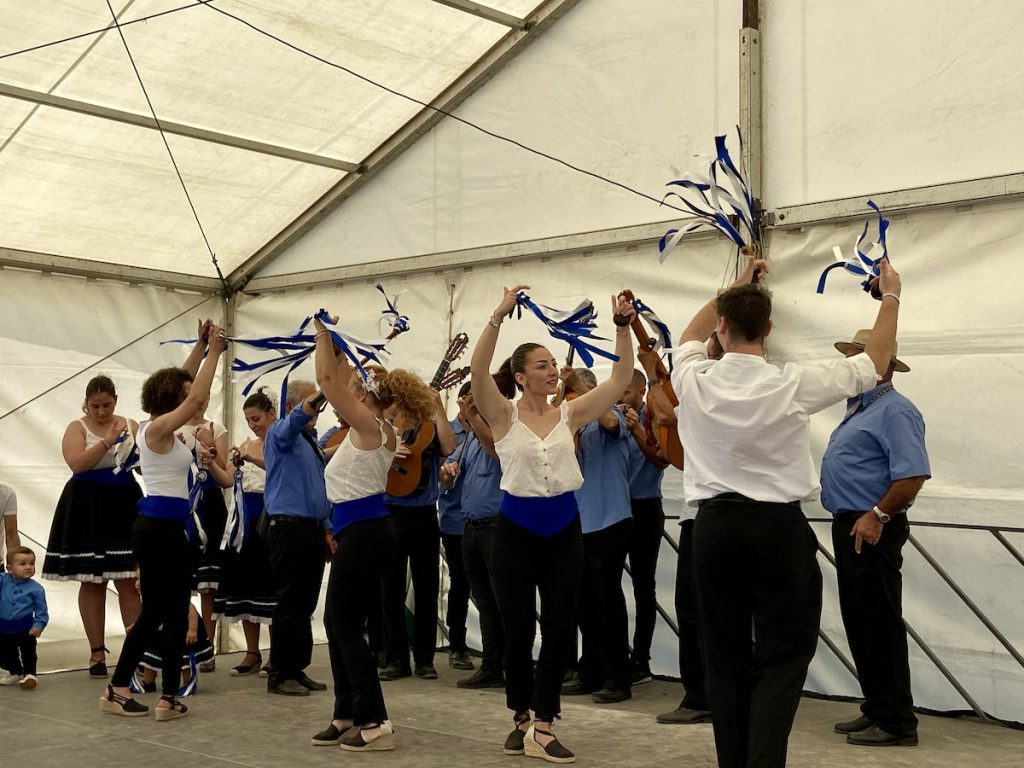
Flamenco Sevillanas
My very first Flamenco lessons were Sevillanas. As the name suggests, this dance originates from Seville and its surroundings. Sevillanas have existed for centuries and were originally danced to folk tunes, long before the flamenco we know today developed. Later, the dance adopted flamenco influences, the guitar, the rhythmic palmas (hand clapping), and elegant arm movements.
Sevillanas are danced in pairs, with four structured sections, each with its own choreography. That makes it a dance anyone can learn, many Andalusian children learn their first Sevillanas steps at school.
Now that I’m finally getting the hang of it, my teacher mixes it up by having us dance in groups of four, switching partners mid-routine. The atmosphere is always joyful, social and fun.
During the ferias (local festivals) across Andalusia, Sevillanas are still danced everywhere. You can simply join in, everyone’s welcome. Although technically not part of the “pure flamenco” tradition, Sevillanas are an undeniable expression of Andalusian identity.
Bulerías
Where Sevillanas are structured and folkloric, Bulerías are pure flamenco, spontaneous, powerful and full of emotion. The Bulería originated in Jerez de la Frontera, in the province of Cádiz, where flamenco is still deeply woven into daily life. Its rhythm is intricate, a 12-beat pattern with shifting accents, giving it a playful, cheeky energy.
Maybe that’s the hard part for me. Improvisation is essential. You must be tremendously bold, and showing immense self confidence, and then also be seductive. I’m missing some Spanish blood here.
In a juerga (a spontaneous flamenco gathering), each dancer, singer and guitarist reacts to the others. People take turns stepping into the circle to dance a short piece, cheered on by handclaps, laughter and cries of “¡Olé!”.
The Bulería is the dance of freedom, humour and passion, yet always tinged with a touch of melancholy – typically Andalusian. Professional dancers often close their shows with a Bulería, leaving the audience completely captivated.
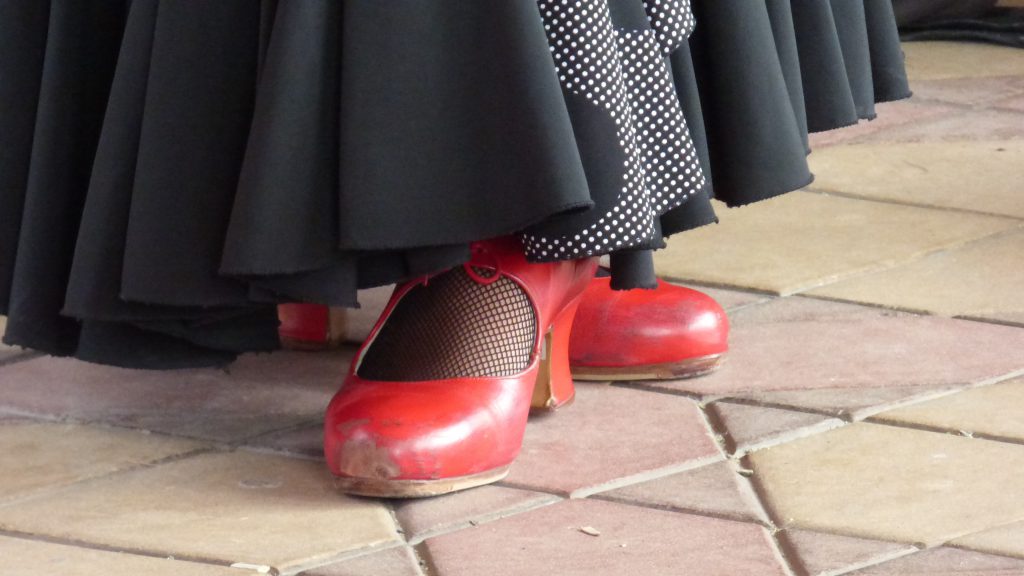
Rumba Flamenca
The Rumba Flamenca is the most accessible and international of all flamenco styles. Its roots lie in the Cuban rumba, brought back to Spain by sailors and traders in the 19th century. In the 1950s and 60s, artists from Barcelona and Madrid, such as the legendary Peret, and later the Gipsy Kings, gave it a flamenco twist and made it famous worldwide.
Unlike many other flamenco rhythms, the rumba has a simple 4/4 beat, making it instantly recognisable and easy to dance to. The guitar often serves as percussion, using a rhythmic rasgueo (strumming pattern) that beats like a heart. I think it also has similarities to belly dancing. You can move your hips quite a bit, and a shoulder shimmy is also used.
It’s a lively and sunny style, the soundtrack of summer, friendship and joy. You’ll hear it everywhere in Spain: on terraces, at the beach, or during the ferias.
Flamenco watching in Málaga
You can see and feel flamenco in every Andalusian city. In Seville and Córdoba, Sevillanas fill the air at every celebration. In Jerez de la Frontera, the birthplace of the Bulerías, you truly understand why flamenco is more than a dance, it’s a way of life. And the Rumba Flamenca? You’ll find it everywhere: in village squares, at barbecues, in tapas bars or by the sea, when someone picks up a guitar and sings about life.
There are several options to watch Flamenco in Málaga, from traditional peñas to atmospheric restaurants.
Peña Juan Breva
Peña Juan Breva is the oldest flamenco club in Spain, featuring a small museum dedicated to flamenco’s history. They regularly host live performances. Check their programme at their website.
Teatro Flamenco Málaga
Daily shows, sometimes several per day, showcasing talented local performers. You can book tickets online.
Alegría
Watching Flamenco in Málaga combined with a dinner is possible at Alegria. they have a spectacular flamenco performance. Shows run every evening. On the website you can reserve your ticket.
El Gallo Ronco
If you prefer something smaller and more intimate, this cosy restaurant is a great choice. Alongside delicious food, they offer nightly live flamenco. Book your show (with or without dinner) at the website.
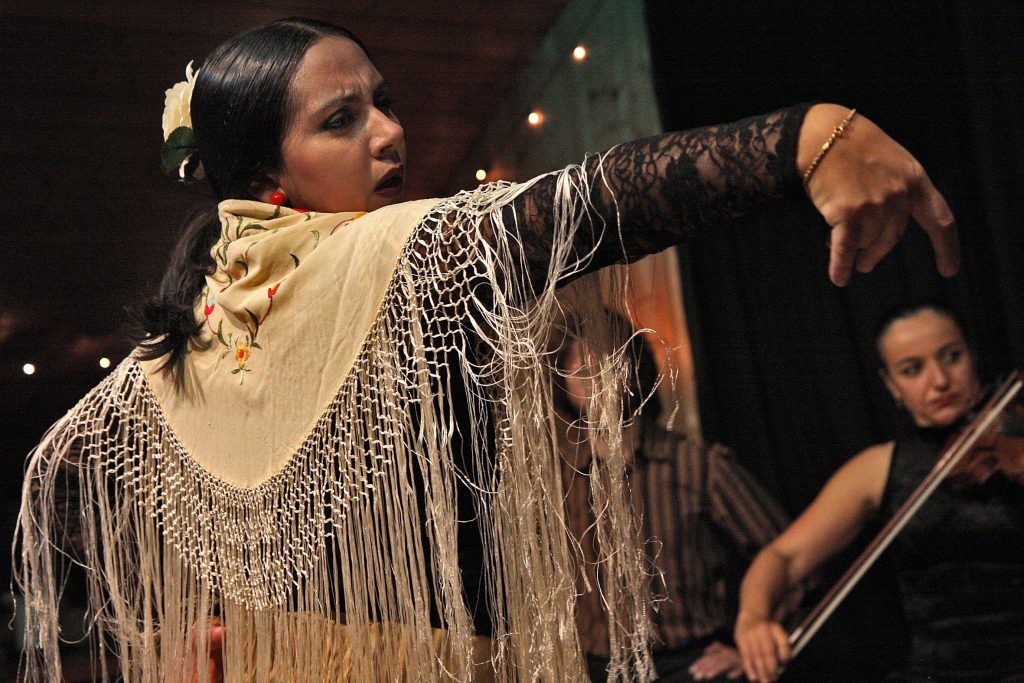
Other options for Flamenco watching in Málaga
Would you like to experience flamenco in a more spontaneous setting? Visit one of the summer ferias held across the towns and villages of the Málaga province. Here, people dance Sevillanas and Rumbas in the streets, on squares and in festive tents. It’s free, easy-going and full of Andalusian charm. Check our blogpost where and when you can find a Feria.
Cártama also hosts a Flamenco festival during the Bella Jarifa festival. This festival is free to attend on the Saturday evening from 9.30pm.
A lovely holiday home in Andalusia
After an evening of music and dance, unwind at Finca Las Nuevas, a beautifully restored olive farm in the hills near Álora. Here, you can relax, enjoy nature, and experience the authentic rhythm of Andalusian life. Check the availability here.
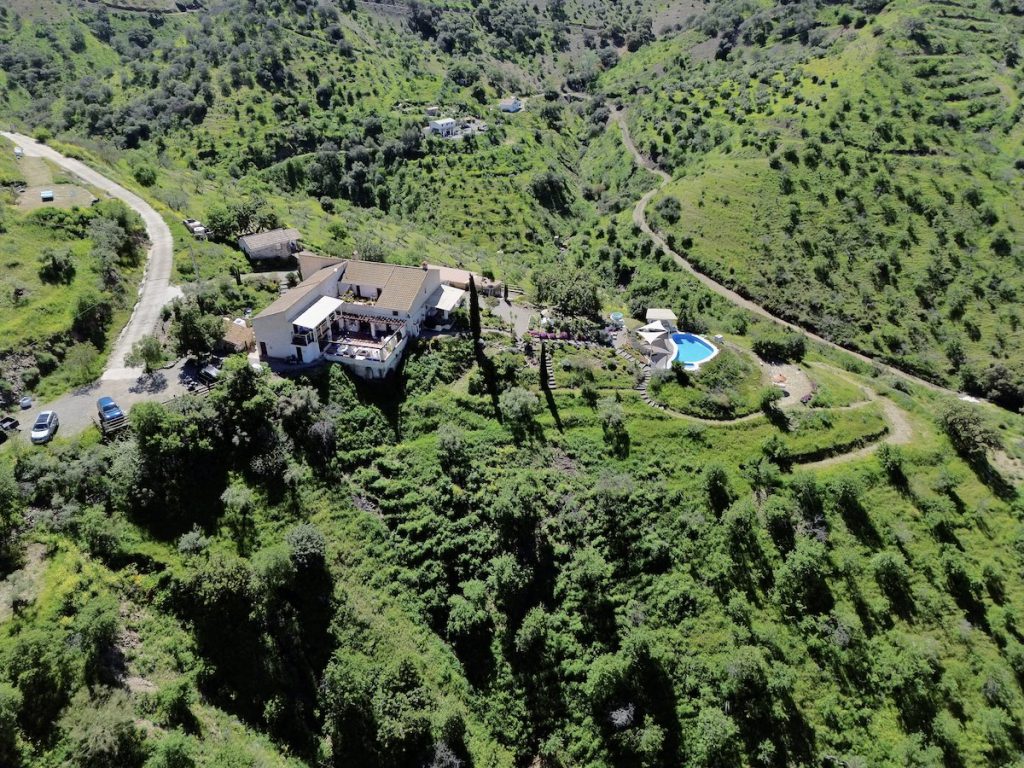
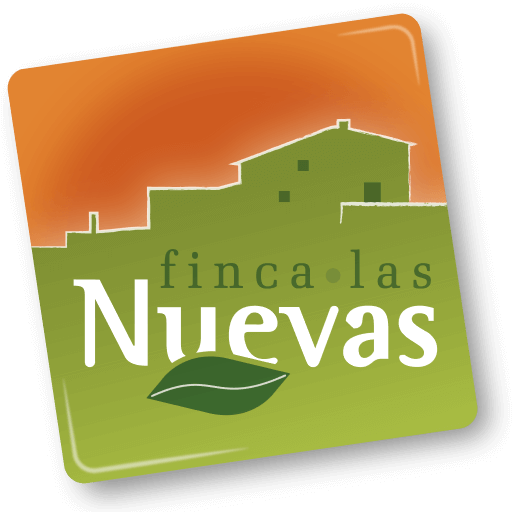
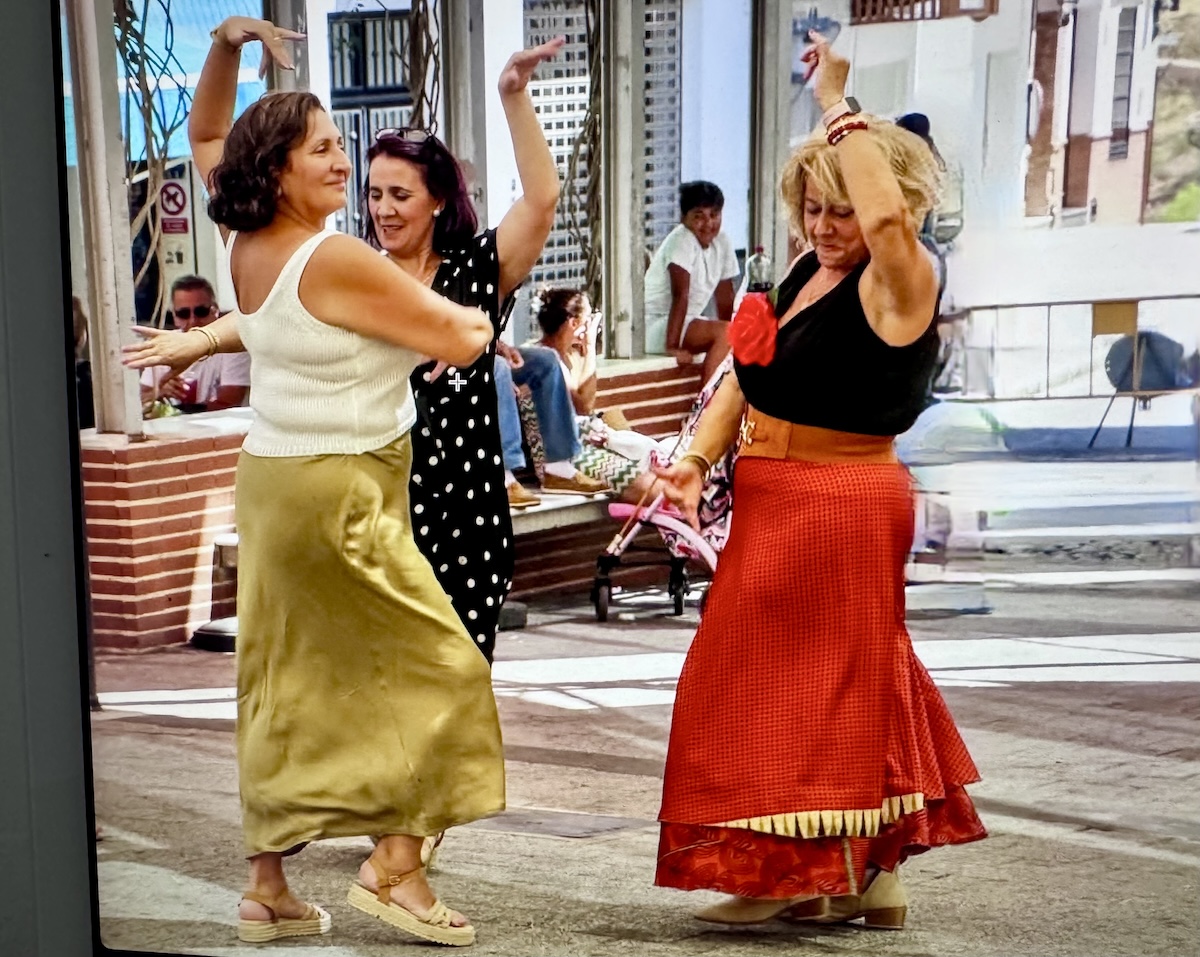
0 Comments